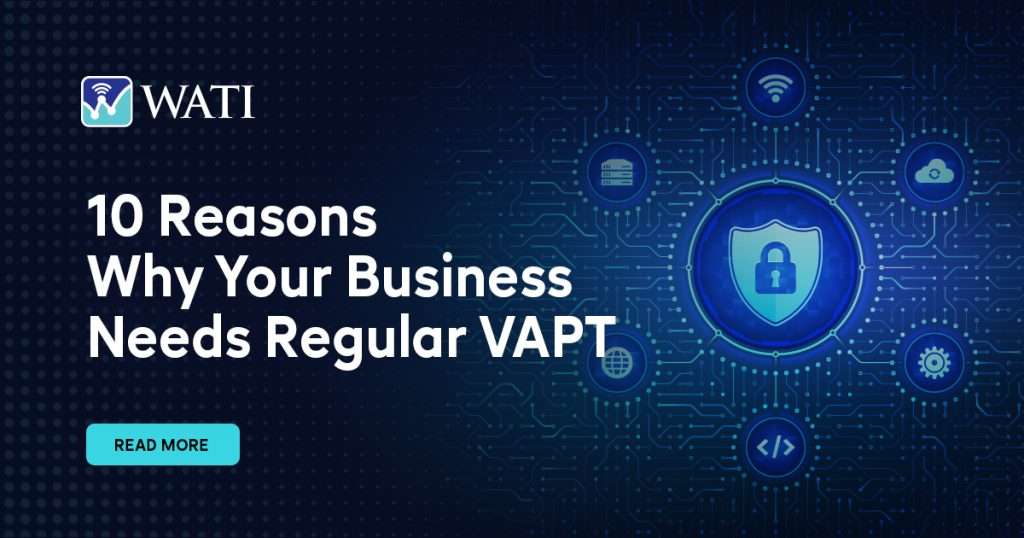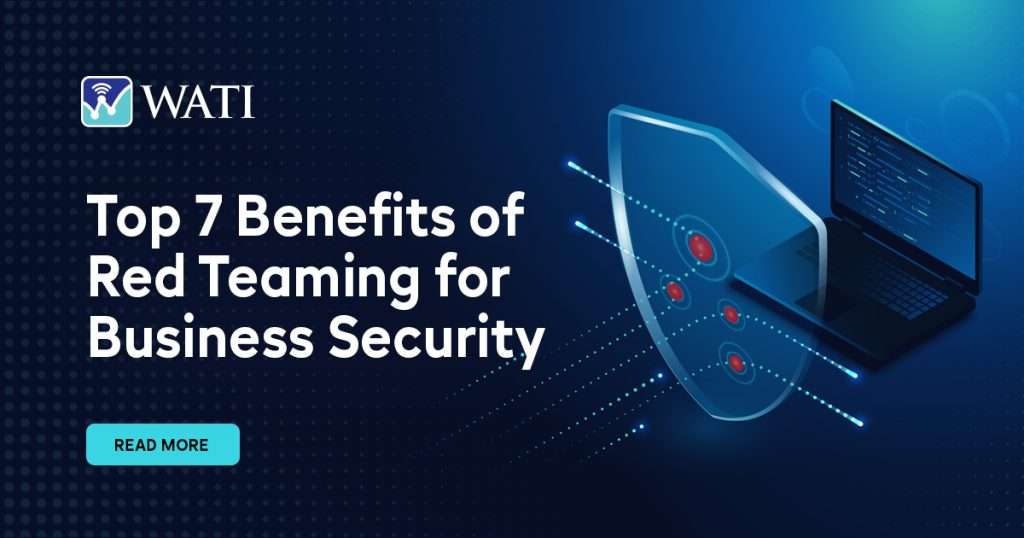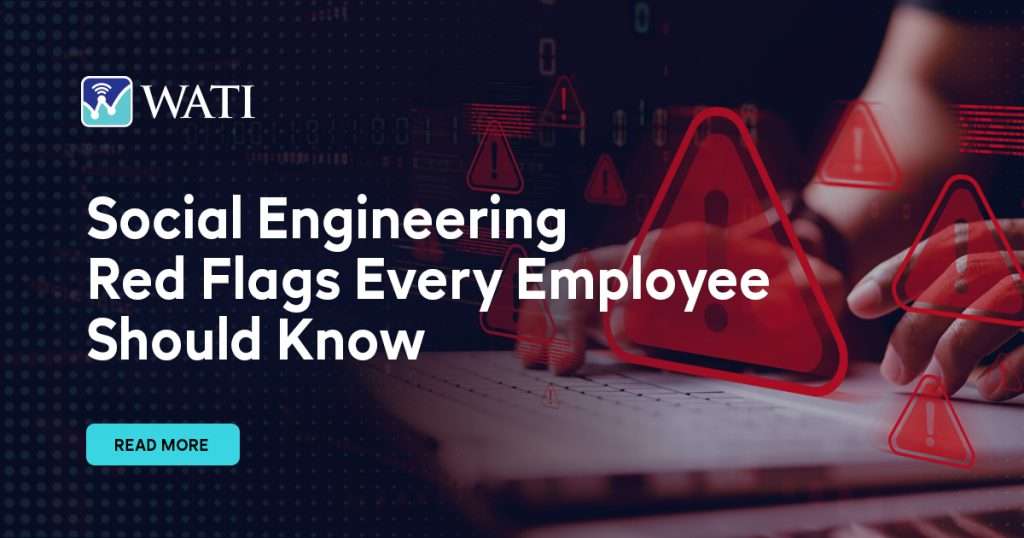As we approach 2025, the cybersecurity landscape continues to evolve at a rapid pace, driven by technological advancements and increasingly sophisticated threat actors. Organizations must stay ahead of these threats by adopting proactive, adaptive security strategies. In this comprehensive article, we explore key cybersecurity predictions for 2025 and provide insights on how businesses can prepare for the evolving threat landscape.
AI-Driven Cyber Threats and Defenses
Artificial Intelligence (AI) will play a dual role in cybersecurity in 2025. On one hand, threat actors will leverage AI to execute sophisticated attacks, including advanced phishing, vishing, and social engineering campaigns. Deepfakes will become more prevalent, posing significant risks for identity theft and fraud. AI-generated deepfake videos and audio recordings will be used to impersonate executives, manipulate public opinion, and commit financial fraud. The increasing realism of these deepfakes will make them challenging to detect and mitigate.
On the other hand, AI will also enhance defensive capabilities, enabling real-time threat detection, anomaly detection, and proactive defense mechanisms. AI-driven security solutions will analyze vast amounts of data to identify patterns and anomalies that indicate potential cyber threats. These solutions will be able to respond to threats faster than traditional methods, reducing the impact of cyberattacks. To effectively counter AI-driven threats, organizations must invest in AI-based cybersecurity solutions and ensure their security teams are trained to leverage these technologies.
Rise of Zero-Trust Architecture (ZTA)
Zero-Trust Architecture (ZTA) will become central to protecting hybrid and remote work environments. ZTA focuses on continuous verification of user identities and limiting access to only necessary resources. This approach ensures that security is not compromised, even if a threat actor gains access to the network.
In a Zero-Trust model, every user and device is treated as a potential threat. Multi-factor authentication (MFA), continuous monitoring, and micro-segmentation are key components of ZTA. MFA adds an extra layer of security by requiring users to provide multiple forms of identification. Continuous monitoring helps detect suspicious activities in real time, while micro-segmentation isolates different parts of the network to prevent lateral movement by attackers. Implementing ZTA will minimize the risk of unauthorized access and limit the potential impact of security breaches.
Quantum-Resilient Cryptography
With the growing threat of quantum computing, organizations will adopt post-quantum cryptographic algorithms to safeguard sensitive data against future decryption risks. Quantum-resilient cryptography will be essential to protect against the potential vulnerabilities posed by quantum computers.
Quantum computing has the potential to break widely-used encryption algorithms, such as RSA and ECC, in a fraction of the time it would take classical computers. This poses a significant threat to data security. To mitigate this risk, organizations must transition to quantum-resilient cryptographic algorithms designed to withstand quantum-based attacks. This transition will require updating existing systems and protocols, conducting extensive testing, and ensuring interoperability with current cryptographic standards.
Increased IoT Security Concerns
The proliferation of Internet of Things (IoT) devices will expand the attack surface, requiring robust endpoint security, frequent firmware updates, and stronger authentication protocols. IoT devices are increasingly integrated into business operations, from industrial control systems to smart office solutions. While IoT devices offer numerous benefits, they also introduce new security challenges.
Many IoT devices have limited processing power and memory, making it difficult to implement traditional security measures. Additionally, IoT devices often lack robust security features and are vulnerable to exploitation by cybercriminals. To address IoT security concerns, organizations must implement comprehensive IoT security strategies. This includes conducting regular risk assessments, implementing strong authentication and access control mechanisms, ensuring timely firmware updates, and monitoring IoT devices for suspicious activity.
Greater Emphasis on Supply Chain Security
Supply chain attacks will remain a critical challenge in 2025. Cybercriminals target third-party vendors and service providers to gain access to their clients’ networks. These attacks exploit the trust and interdependencies within the supply chain, allowing threat actors to compromise multiple organizations through a single point of entry.
To mitigate supply chain risks, organizations must adopt a holistic approach to supply chain security. This includes conducting thorough due diligence on vendors, requiring them to adhere to strict security standards, and continuously monitoring their security practices. Organizations should also implement contractual agreements that mandate regular security assessments and incident reporting. Strengthening supply chain security will be crucial to maintaining overall organizational security.
Deepfake Detection and Mitigation
Deepfakes will become more convincing, posing threats in misinformation and fraud. Cybercriminals can use deepfake technology to create highly realistic and convincing fake videos and audio recordings. These deepfakes can be used to impersonate executives, manipulate public opinion, and commit financial fraud.
Detection tools using AI and employee training will be critical to counter these risks. AI-driven detection tools can analyze videos and audio recordings for signs of manipulation, helping to identify deepfakes. Additionally, organizations should implement robust authentication mechanisms, such as biometric verification, to verify the identity of individuals in video calls and communications. Employee training and awareness programs are essential to help staff recognize deepfake threats and respond appropriately.
Cybersecurity-as-a-Service (CaaS) Adoption
Small to medium-sized enterprises (SMEs) will increasingly adopt outsourced security services for cost-effective, scalable threat management. Cybersecurity-as-a-Service (CaaS) will provide SMEs with access to advanced security tools and expertise without the need for significant upfront investments.
CaaS providers offer a range of services, including threat monitoring, vulnerability assessments, incident response, and compliance management. By outsourcing cybersecurity functions to CaaS providers, SMEs can focus on their core business operations while ensuring their security posture remains strong. CaaS providers can help SMEs stay up-to-date with the latest security trends and technologies, ensuring they are well-prepared to defend against emerging threats.
Biometric Authentication Growth
Passwords will continue to be replaced by biometric solutions, such as fingerprint and facial recognition, for enhanced security and user convenience. Traditional password-based authentication is increasingly seen as inadequate for protecting sensitive information. Passwords can be easily guessed, stolen, or compromised through phishing attacks.
Biometric authentication offers a more secure and convenient alternative by using unique physiological traits, such as fingerprints, facial features, and iris patterns, to verify identities. Biometric authentication will become more widespread across various industries, providing a more secure and user-friendly authentication method. It will also play a critical role in multi-factor authentication (MFA) schemes, providing an additional layer of security to protect against unauthorized access.
Strengthened Privacy Regulations
Stricter global privacy regulations will require organizations to allocate significant resources to compliance. Data privacy has become a critical concern for consumers and regulators alike. In response to high-profile data breaches and growing privacy concerns, governments around the world are enacting stricter privacy regulations.
The General Data Protection Regulation (GDPR) in Europe and the California Consumer Privacy Act (CCPA) in the United States are just a few examples of comprehensive privacy laws that impose stringent requirements on organizations. As privacy regulations continue to evolve, organizations must implement robust data protection measures, conduct regular privacy impact assessments, and establish clear data handling policies. Balancing operational resilience and legal requirements will be essential to avoid hefty penalties and maintain customer trust.
Ransomware Attacks Will Grow More Aggressive
Ransomware attacks will become more aggressive and sophisticated, with cybercriminals employing advanced tactics to target organizations of all sizes. These attacks can result in significant financial losses, operational disruptions, and reputational damage.
To mitigate the impact of ransomware attacks, organizations must implement robust backup and recovery solutions, conduct regular cybersecurity training, and invest in advanced threat detection and response technologies. Ensuring that data backups are performed regularly and stored securely will enable organizations to recover quickly from ransomware incidents. Additionally, organizations should establish incident response plans and conduct regular tabletop exercises to test their readiness to respond to ransomware attacks.
Strengthening Cybersecurity Culture and Awareness
Human behavior remains a significant weak point in cybersecurity. Despite technological advancements, employees’ actions and decisions can inadvertently increase organizational risk. To address this challenge, organizations must focus on cultivating a strong cybersecurity culture and raising awareness among employees.
Building a positive cybersecurity culture requires leadership commitment, clear communication, and ongoing education. Organizations should establish policies and procedures that promote cybersecurity best practices and hold employees accountable for their actions. Employee training and awareness programs are critical components of a robust cybersecurity culture. Regular training sessions, simulated phishing exercises, and engaging educational materials can help reinforce security awareness and encourage responsible behavior.
Conclusion
The cybersecurity landscape in 2025 will present new challenges and opportunities. Organizations must stay informed, adopt advanced technologies, and foster a strong cybersecurity culture to protect against evolving threats. By investing in AI-driven security solutions, implementing Zero-Trust Architecture, adopting quantum-resilient cryptography, prioritizing IoT security, and strengthening supply chain security, businesses can better safeguard their assets and maintain trust. Additionally, deepfake detection, CaaS adoption, biometric authentication, privacy regulation compliance, and ransomware mitigation will be critical to staying ahead of emerging threats.
In conclusion, the evolving threat landscape in 2025 requires organizations to be vigilant, innovative, and collaborative in their approach to cybersecurity. By embracing these predictions and preparing for the future, businesses can enhance their resilience and protect themselves against the ever-changing cyber threats.
Frequently Asked Questions (FAQs)
By 2025, cyber threats are expected to grow more sophisticated. AI-driven attacks, ransomware-as-a-service (RaaS), deepfake scams, and supply chain compromises are among the top threats. Organizations need to adopt proactive and intelligent defense mechanisms to stay ahead.
AI will be a double-edged sword in cybersecurity. While it enhances threat detection and response, it also empowers attackers with tools for automated attacks, social engineering, and evasion techniques. Businesses must invest in ethical AI and secure AI models.
Zero Trust will become the cornerstone of enterprise security in 2025. With perimeterless networks and remote workforces, Zero Trust ensures that no user or system is trusted by default—helping to prevent lateral movement during breaches.
Yes. Ransomware is evolving into targeted and data exfiltration-based models. Predictions for 2025 suggest more frequent, AI-orchestrated ransomware attacks, especially on critical infrastructure, healthcare, and finance sectors.
Organizations should adopt a proactive cybersecurity strategy—investing in continuous VAPT, red teaming, employee training, incident response plans, and AI-based threat detection to identify and mitigate risks before they escalate.
Absolutely. 5G increases attack surfaces due to more connected devices and lower latency. In 2025, securing IoT ecosystems and mobile networks will become critical to mitigate risks like data interception, DDoS attacks, and unauthorized access.
The cybersecurity workforce shortage is one of the biggest barriers to future resilience. By 2025, the demand for skilled professionals in cloud security, AI security, and threat hunting will surge, making upskilling and automation crucial.
Sectors like healthcare, finance, manufacturing, and education will continue to be primary targets due to their sensitive data and often outdated infrastructures. Critical infrastructure, especially in energy and water, will also face increased threats.
Yes. Regulatory bodies worldwide are expected to tighten cybersecurity mandates. Frameworks like GDPR, HIPAA, and new AI-specific regulations will evolve, and non-compliance could lead to stricter penalties and legal implications.
Vulnerability Assessment and Penetration Testing (VAPT) will be more critical than ever. With evolving threat vectors, continuous VAPT ensures vulnerabilities are identified and remediated in real time, keeping defenses resilient against modern attacks.



